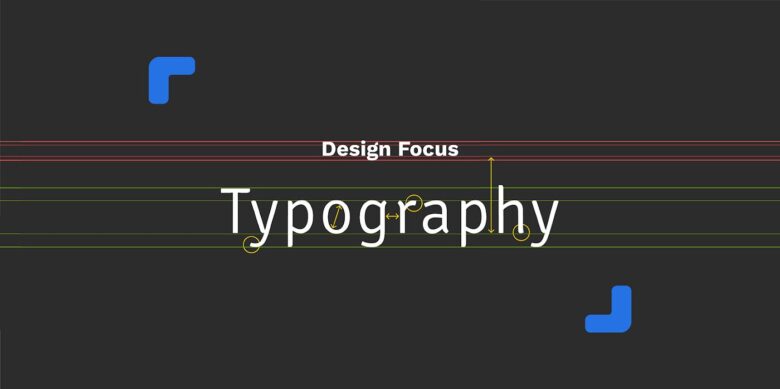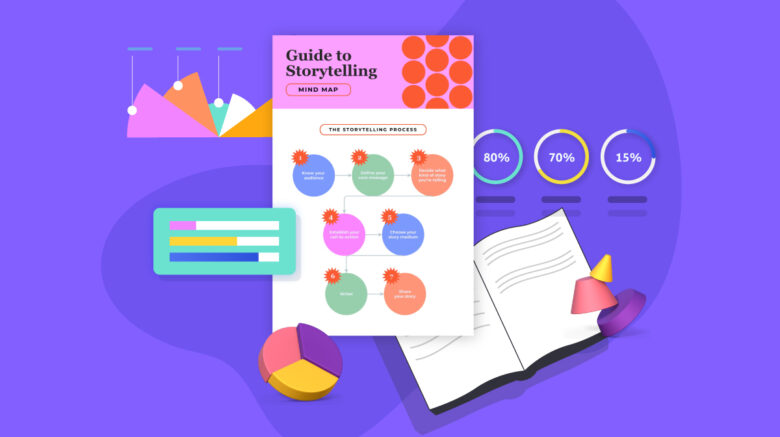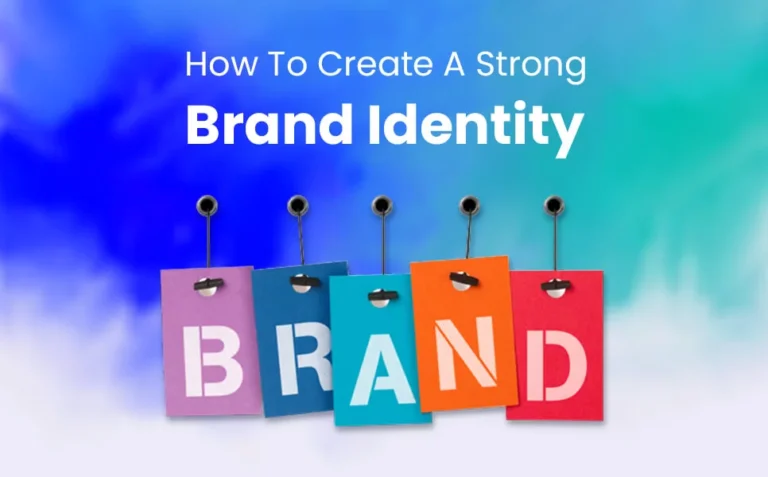In the intricate art of branding, every element plays a crucial role in crafting a distinct and memorable identity. Typography, often underestimated, wields a remarkable influence that extends beyond mere letters and words. It is a visual language that conveys emotions, values, and personality, shaping the perception of a brand. Guided by the expertise of Outcrowd branding agency https://www.outcrowd.io/branding-page, we embark on a journey to unravel the profound role of typography in building a robust and resonant brand identity.
Typography: Beyond Letters and Words

Typography encompasses more than just the choice of fonts; it’s a comprehensive design choice that encapsulates font styles, sizes, spacing, and arrangement. When harnessed effectively, typography becomes a symphony of aesthetics and communication, resonating with audiences on a visceral level.
Creating Visual Hierarchy
Font Styles: Different font styles evoke distinct emotions. Serif fonts exude tradition, elegance, and reliability, making them suitable for brands with a classic appeal. Sans-serif fonts, on the other hand, convey modernity, simplicity, and a clean aesthetic, which align well with contemporary brands.
Font Weights: The weight of a font (bold, regular, light) helps establish visual hierarchy. Bold fonts command attention and are often used for headlines, while lighter weights create a subtler impression for body text.
Font Sizes: Varying font sizes creates a hierarchy that guides readers through content. Larger fonts capture attention, making headlines and important information stand out. Smaller fonts encourage focused reading of detailed text.
Personality and Brand Voice
Consistency: Consistency in typography reinforces brand recognition. Establish a set of fonts and use them consistently across all brand touchpoints, including websites, marketing materials, and social media.
Alignment with Brand Personality: Typography should reflect the brand’s personality and values. Playful brands may opt for whimsical and unconventional fonts, while professional brands might lean towards clean and structured typography.
Legibility and Readability: While aesthetics are important, legibility and readability should never be compromised. Ensure that chosen fonts are easy to read across different mediums and sizes.
Typography as a Visual Storyteller: Weaving Narratives with Fonts

Typography goes beyond its utilitarian role of conveying information; it possesses the innate ability to tell stories, evoke emotions, and create a rich narrative tapestry. In the world of branding, typography becomes a visual storyteller, a key player in crafting a brand’s identity and resonating with audiences. Let’s delve deeper into how typography serves as a potent tool for weaving captivating narratives:
Expressing Brand Story
Custom Fonts: Just as every story is unique, your brand’s narrative deserves a distinctive voice. Custom fonts, tailored to your brand’s personality, can elevate your storytelling. Whether it’s a playful script font for a whimsical brand or a sleek sans-serif for a modern image, custom typography adds an extra layer of authenticity to your narrative.
Font Pairing: The pairing of fonts can mirror the dynamic interplay of characters in a story. Combining a bold, attention-grabbing headline font with a more subtle body text font creates a hierarchy that guides readers through your content. This deliberate arrangement communicates the structure of your brand’s narrative.
Creating Emotion
Calligraphic Elegance: Calligraphic or handwritten fonts exude a sense of elegance and intimacy. Such fonts can convey personal stories, romantic notions, or artisanal craftsmanship. Imagine a brand using a calligraphic font to share the story behind a family-owned bakery, invoking warmth and nostalgia.
Modern Precision: On the flip side, sleek and angular fonts can evoke a sense of modernity and precision. Brands looking to convey innovation, cutting-edge technology, or forward-thinking concepts might opt for these fonts to align with their narrative.
Visual Impact
Contrast and Attention: Typography can create visual impact through contrast. Using a bold, high-contrast font for headlines draws immediate attention, much like a captivating opening line in a story. This technique is particularly effective for highlighting key messages and grabbing the audience’s focus.
Hierarchy and Progression: Just as stories have a beginning, middle, and end, typography can guide readers through content. Starting with larger, attention-grabbing headlines that transition to smaller, detailed body text mimics the pacing of storytelling, making your brand’s message more engaging.
Legibility and Tone
Serif vs. Sans-Serif: The choice between serif and sans-serif fonts contributes to the tone of your narrative. Serif fonts often convey a sense of tradition and formality, while sans-serif fonts exude modernity and simplicity. These choices set the stage for the emotional resonance your brand seeks to achieve.
Line Spacing and Readability: The spacing between lines (leading) and letters (kerning) impacts readability. Ample line spacing can create a sense of openness and comfort, while tighter spacing may evoke a more dynamic, fast-paced feel.
Consistency in Narrative
Cross-Platform Continuity: Consistency in typography across various platforms ensures that your brand’s narrative remains cohesive. Whether on your website, social media, or printed materials, maintaining a unified typographic style strengthens your brand identity.
Visual Branding: Typography becomes an integral part of your visual branding. Just as recurring themes and motifs enhance a story’s cohesion, consistent typography reinforces your brand’s recognition and recall.
Consistency Across Platforms

Print and Digital Harmony: Whether on printed materials or digital screens, maintain consistency in typography. Choose fonts that are legible in both formats and adapt sizes accordingly.
Responsive Design: In the digital age, responsive design ensures that typography remains visually appealing and readable across various devices and screen sizes.
Typography and Brand Recognition
Distinctiveness: Unique typography contributes to brand recognition. Custom fonts or modified versions of existing fonts set your brand apart in a sea of competitors.
Memorability: A well-designed typography can make your brand memorable. Audiences are more likely to remember and recognize a brand with a distinctive typographic style.
Conclusion: The Typeface of Identity
In the grand tapestry of brand identity, typography is the carefully chosen thread that weaves together aesthetics, communication, and emotion. Outcrowd branding agency recognizes the pivotal role typography plays in forging a lasting and impactful brand identity.
As you navigate the realm of typography, remember that each font choice, style, and arrangement speaks volumes about your brand. By harnessing the nuances of typography, you can create a visual symphony that harmonizes with your brand’s essence, leaving an indelible mark in the hearts and minds of your audience. Embrace the art of typography, and let it become the typeface of your brand’s unique identity.

